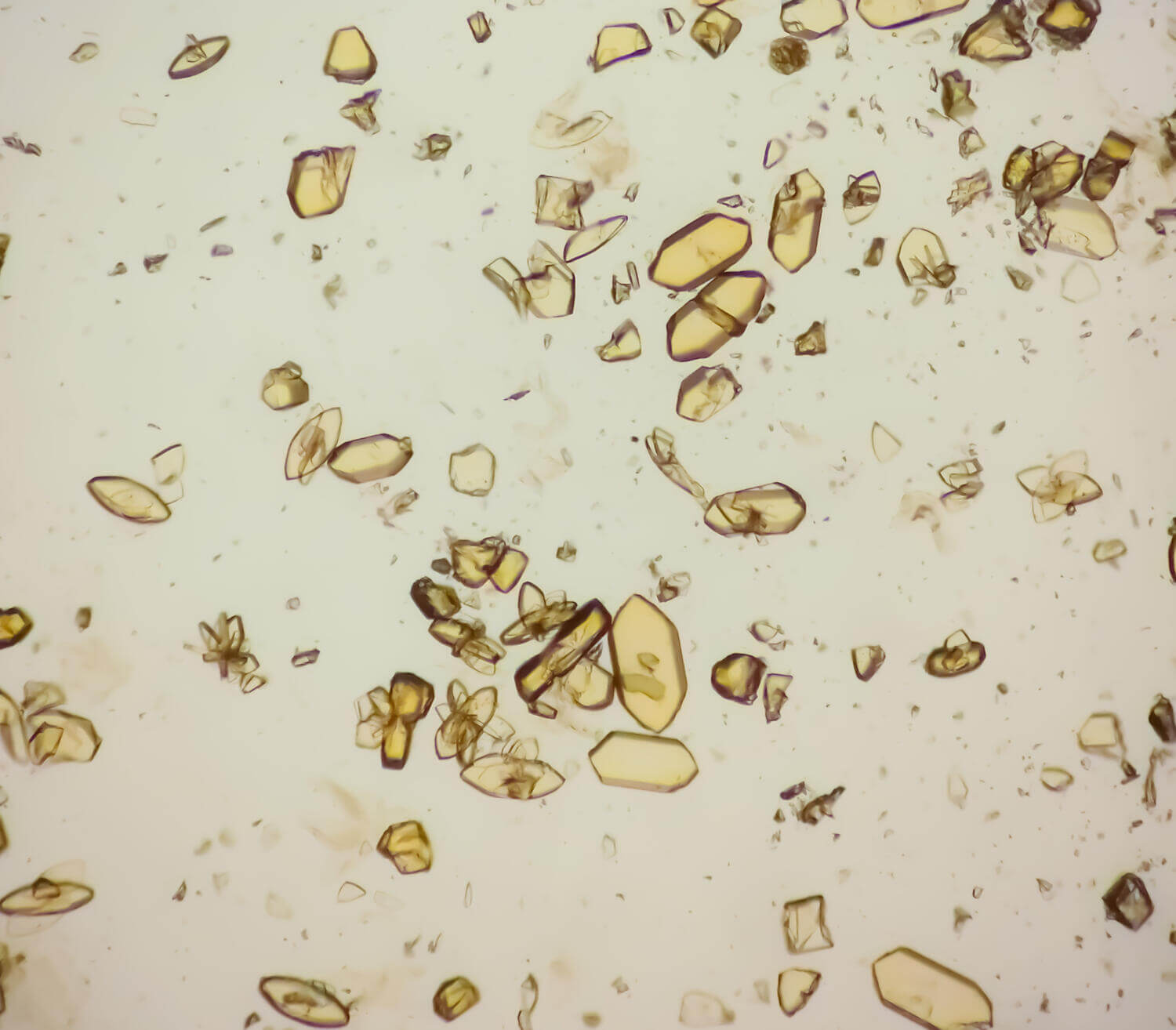
What is uric acid?
Uric acid is a waste product created when purines are metabolized in the liver. In healthy individuals, uric acid dissolves in the blood, travels to the kidneys, and is excreted in urine. However, if there’s too much uric acid or the kidneys are not functioning efficiently, uric acid can accumulate in the body. This results in a condition called hyperuricemia, or a high uric acid level, which can lead to various health issues if left unmanaged.

Primary Uric Acid Causes
Several factors contribute to elevated uric acid levels, and understanding these uric acid causes is essential for prevention and management.
Several factors contribute to elevated uric acid levels, and understanding these uric acid causes is essential for prevention and management.
- High-Purine Foods
Diet is one of the most significant uric acid causes. Foods high in purines, such as red meats, organ meats, shellfish, and certain types of fish, increase the production of uric acid during digestion. Beer and other alcoholic beverages are also high in purines and contribute to higher uric acid levels in the bloodstream. - Kidney Function and Excretion Issues
The kidneys play a critical role in filtering waste products, including uric acid. When kidney function is impaired due to chronic kidney disease or dehydration, the body retains more uric acid, contributing to a high uric acid level. Poor kidney health is therefore one of the prominent uric acid causes. - Genetics and Family History
Genetics can significantly impact how well an individual’s body processes and eliminates uric acid. If there is a family history of high uric acid levels, the risk of developing conditions associated with uric acid crystals, like gout, is much higher. Although genetics is an unchangeable uric acid cause, being aware of family history allows individuals to make proactive dietary and lifestyle adjustments. - Medical Conditions and Medications
Various health conditions and medications can elevate uric acid levels. For instance, high blood pressure, diabetes, and obesity are known uric acid causes. Certain medications, such as diuretics (used to treat high blood pressure) and low-dose aspirin, can also contribute to high uric acid levels, as they inhibit the kidneys’ ability to excrete it efficiently. - Obesity and Weight Gain
Excess weight is linked to higher levels of uric acid in the blood. Being overweight or obese increases the production of uric acid and adds strain to the kidneys, further reducing their effectiveness at excreting uric acid. This makes weight gain a leading uric acid cause, particularly among individuals with a sedentary lifestyle.

How High Uric Acid Level Leads to Uric Acid Crystals
When uric acid levels in the blood become too high, the excess uric acid begins to crystallize. These uric acid crystals often deposit in the joints, particularly the big toe, leading to painful gout attacks. Over time, crystals can also accumulate in the kidneys, increasing the risk of kidney stones and even kidney damage. This crystallization process is one of the main reasons why managing uric acid levels is essential for joint and kidney health.
Symptoms of High Uric Acid Levels and Uric Acid Crystals
A high uric acid level often doesn’t present symptoms initially, which can make it challenging to diagnose without regular check-ups. However, as uric acid crystals form, symptoms may start to appear, often through sudden and intense joint pain, swelling, and redness. Other symptoms may include:
- Persistent joint discomfort even after gout attacks have subsided.
- Formation of tophi, which are hard deposits of uric acid crystals that appear under the skin around joints.
- Pain and tenderness in the big toe, which is commonly the first site affected by gout.
- Difficulty urinating or blood in the urine, which may indicate kidney stones.

Managing Uric Acid Causes and Reducing High Uric Acid Levels
While some uric acid causes, like genetics, are unavoidable, others can be managed effectively with dietary and lifestyle changes. Here are some strategies to help lower high uric acid levels and reduce the formation of uric acid crystals:
- Adopt a Low-Purine Diet
A low-purine diet focuses on minimizing foods that contribute to uric acid causes. Avoid red meats, organ meats, shellfish, and certain types of fish. Instead, choose lean proteins like chicken, turkey, and plant-based sources, such as beans and tofu. - Stay Hydrated
Proper hydration supports kidney function and helps to flush excess uric acid from the body. Aim to drink 8–10 glasses of water per day to maintain a healthy uric acid level. - Limit Alcohol and Sugary Beverages
Both alcohol and sugary drinks, especially those sweetened with high-fructose corn syrup, contribute to high uric acid levels. Limiting or avoiding these beverages can significantly reduce the risk of gout and other conditions related to uric acid crystals. - Maintain a Healthy Weight
Weight management is essential in preventing and reducing uric acid causes. Regular exercise and a balanced diet can help lower uric acid levels while reducing pressure on the kidneys and joints. - Monitor Medications and Health Conditions
If you’re taking medications that might affect uric acid levels, consult with your doctor about potential alternatives. Additionally, managing chronic conditions such as high blood pressure, diabetes, and kidney disease can aid in keeping uric acid levels under control.
When to See a Doctor
If you experience recurring joint pain, swelling, or have a family history of gout or kidney stones, it’s advisable to consult with a healthcare provider. Regular blood tests can measure your uric acid level, allowing you to take action before uric acid crystals have a chance to form. Your doctor may recommend medications or lifestyle adjustments to keep uric acid causes in check.
Conclusion
Understanding the various uric acid causes is essential for anyone looking to manage or prevent conditions like gout and kidney stones. High uric acid levels can lead to painful uric acid crystals, but by adjusting your diet, maintaining a healthy lifestyle, and monitoring your health, you can lower your risk. Taking proactive steps to address uric acid causes can lead to improved health, fewer painful episodes, and a better quality of life.
By staying informed and taking control of uric acid levels, individuals can enjoy a more balanced, healthier life, free from the complications associated with high uric acid levels and crystal formation. For anyone with risk factors, consulting with a healthcare provider is the best first step toward managing these causes effectively.


